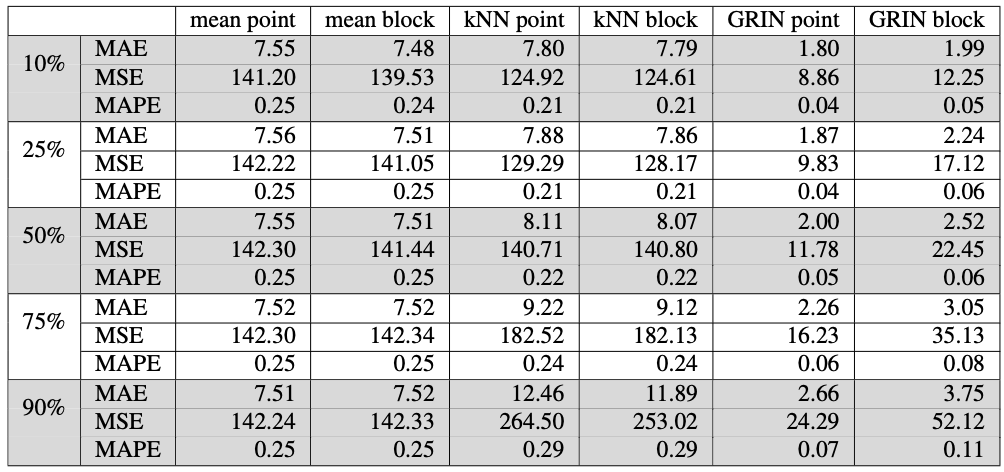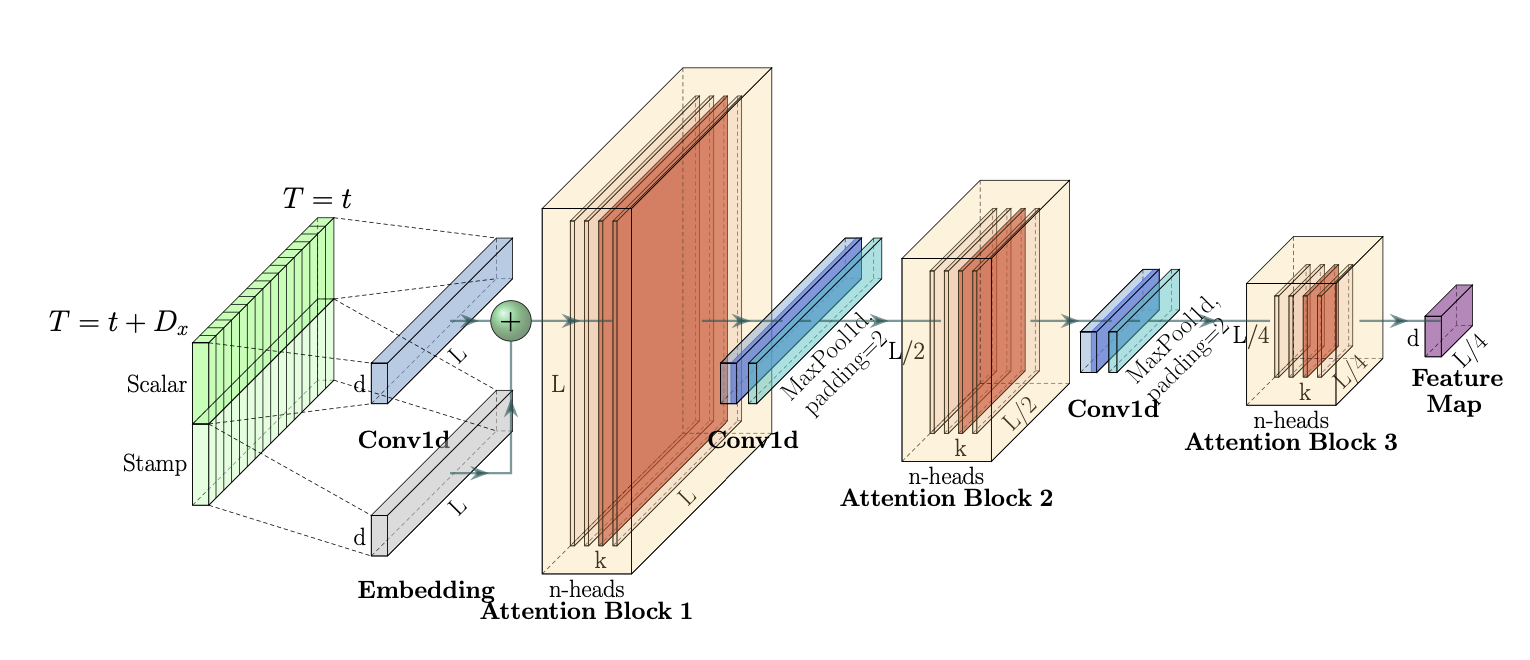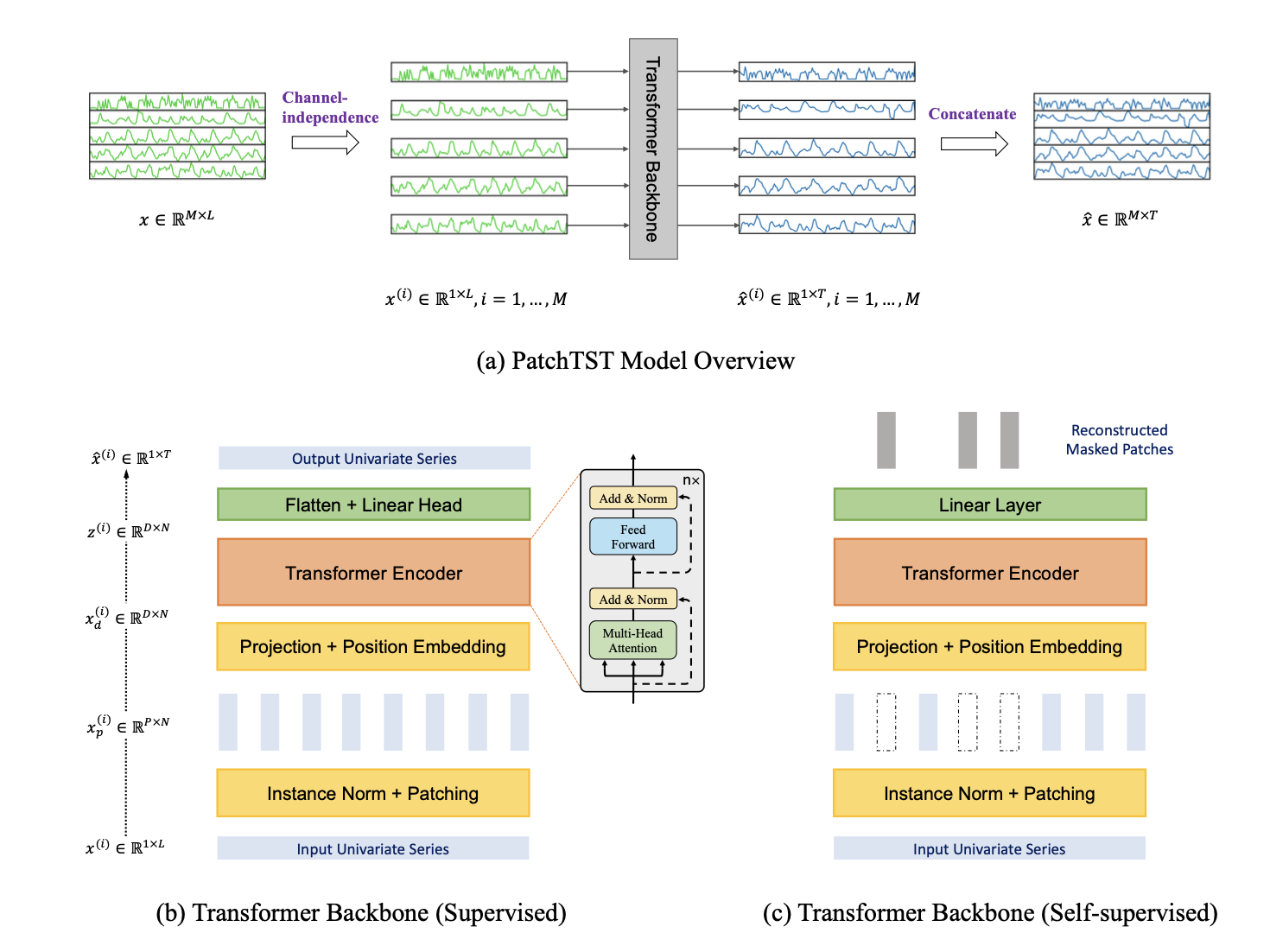A Comparative Study of transformer on long sequence time series data
This study evaluates Transformer models in traffic flow prediction. Focusing on long sequence time-series data, it evaluates the balance between computational efficiency and accuracy, suggesting potential combinations of methods for improved forecasting.
Abstract
This research means to discover the power of transformer in dealing with time series data, for instance traffic flow. Transformer with multihead self-attention mechanism is well-suited for the task like traffic prediction as it can weight the importance of various aspects in the traffic data sequence, capturing both long-term dependencies and short-term patterns. Compared to the LSTM, the transformer owns the power of parallelization, which is more efficient when facing a large dataset. And it can capture the dependencies better with long sequences. However, the transformer may have trouble dealing with the long sequence time-series data due to the heavy computation. This research compares differnt methods that make use of the information redundancy and their combination from the perspective of computational efficiency and prediction accuracy.
Introduction
The time series data processing and prediction are usually conducted with RNN and LSTM. In the case of traffic prediction, CNN and GNN are combined for efficiently capturing spatial and temporal information. And LSTM is widely used as its better performance on capturing temporal dependencies. While recent studies have propsed to replace RNNs with Transformer architecture as it is more efficient and able to capture sequantial dependencies. However, the model is inapplicable when facing long sequence time-series data due to quadratic time complexity, high memory usage, and inherent limitation of the encoder-decoder architecture.
Not all time series are predictable, the ones that is feasible to be better forecasted should contain cyclic or periodic patterns.

Methodology
The information redundancy leads to the common solutions of using transformer to deal with long sequence time-series forecasting(LSTF) problems, where models focus more on valuable datapoints to extract time-series features. Notable models are focsing on the less explored and challenging long-term time series forecasting(LTSF) problem, include Log- Trans, Informer, Autoformer, Pyraformer, Triformer and the recent FEDformer.
Data decomposition. Data decomposition refers to the process of breakking down a complex dataset into simpler, manageable components. Autoformer
Learning time trend. Positional embeddings are widely used in transformer architecture to capture spatial information.
Distillation. The Informer model applies ProbSparse self-attention mechanism to let each key to only attend to several dominant queries and then use the distilling operation to deal with the redundance. The operation privileges the superior ones with dominaitng features and make a focused self-attention feature map in the next layer, which trims the input’s time dimension.
Patching. As proposed in ViT
Experiment
Dataset
We used a multivariate traffic
Experimental Settings
We choose two models, Informer


Setting 1. Compare efficieny and accuracy of distillation and patching. All the models are following the same setup, using 10 epochs and batch size 12 with input length \(\in\) {96,192,336,720} and predictioin length \(\in\) {96,192,336,720}. The performance and cost time is listed in the table 2.
Setting 2. Explore the influence of data decomposition. We slightly change the setup to compare different methods. We apply the data decomposition with PatchTST to explore the significance of these techniques.
Result



Sufficiency. According to Table 2. The Informer(ProbSparse self-attention, distilling operation,positional embedding) is generally more sufficient than PatchTST(patching, positional embedding). Especially with the increase of input sequence, Informer with idstilling operation can forecast in significantly less time comparing to patching method. Across differnt prediction sequence length, PatchTST does have much difference and Informer tends to cost more time with longer prediction. According to table 3, with data decomposition, PatchTST spends more time while does not achieve significant better performance.
Accuracy. According to Table 2. In all scenarios, the performance of PatchTST is better than Informer considering the prediction accuracy. Along with the increase of input sequence length, PatchTST tends to have better accuracy while Informer stays stable.
Overall, we can induct from the design of two models about their performances. Informer is able to save more time with distilling operation and PatchTST can get better accuracy with the capture of local and global information. Though patch embeddings help the model to get better accuracy with prediction task, it achieves so at the expense of consuming significant amount of time. When the input sequence is 720, PatchTST takes more than twice as long as B.
Conclusion and Discussion
Based on existing models, different measures can be combined to balance the time consumed for forecasting with the accuracy that can be achieved. Due to time constraints, this study did not have the opportunity to combine additional measures for comparison. We hope to continue the research afterward and compare these performances.
In addition to applying transformer architecture alone, a combination of various methods or framework may help us to benefit from the advantages of different models. The transformer-based framwork for multivariate time series representation lerning is proposed by George et al.